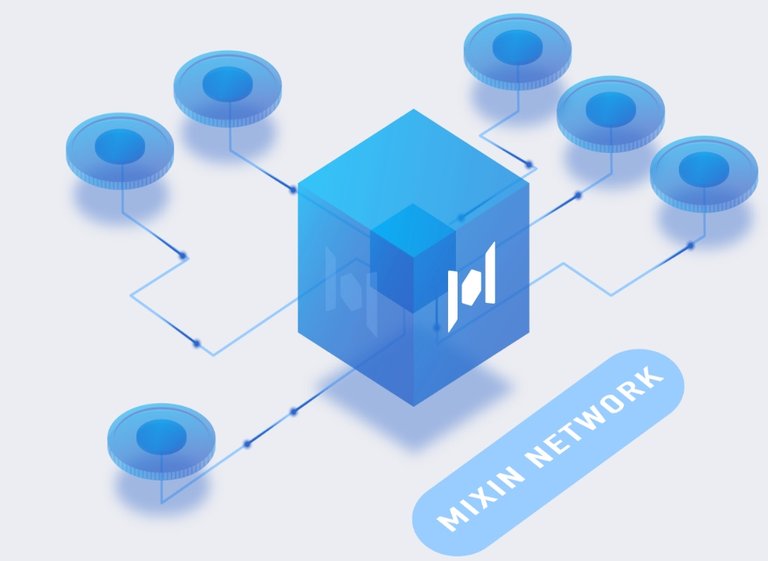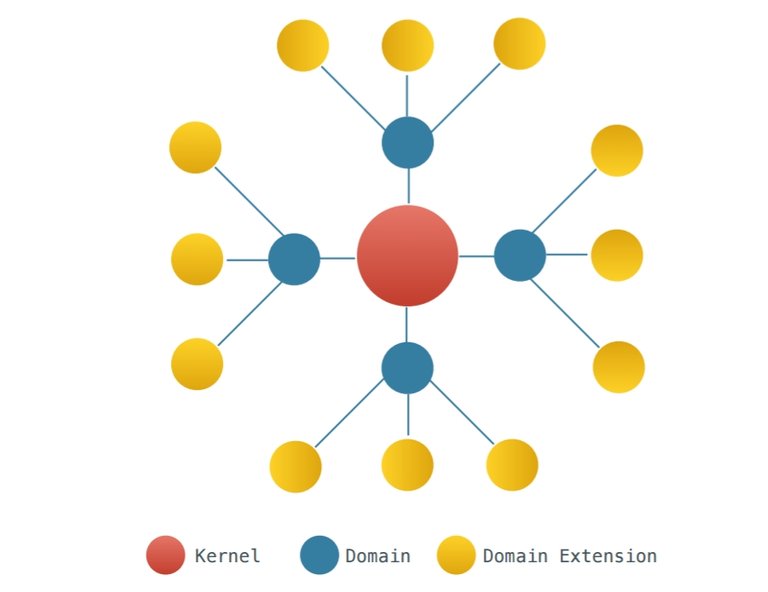Blockchain technology implementation is being explored by a large number of sectors and industries ranging from supply chain to financial services. While there is no doubt that the distributed ledger technology is one of the greatest innovations of recent times, it is likely that it will take a substantial amount of time before the technology is adopted massively. This is because several challenges are still associated with blockchain especially the pioneer and most popular blockchain; bitcoin, some of these challenges include: Low transaction capacity, slow confirmation and high cost of transactions. Blockchains are having trouble in effectively supporting a large number of users on its network. Both bitcoin and ethereum, the leading blockchain networks have experienced slowed transaction speed with bitcoin processing an average of just 7 transactions per second while ethereum processes about 25 tps. This low throughput (rates at which transactions are processed) has been implicated in the cause of increased transaction cost experienced by users as they have to pay more for the already congested blockchain network to process their transactions. For a long time, researchers attempted severally to solve the above highlighted challenges of bitcoin blockchain, unfortunately all efforts proved seemingly abortive due to the complex nature of bitcoin network. This led to the creation of other blockchain such as Ethereum, EOS, Stellar blockcians which still does very little to address the purpose for which they were created. Further attempts to tackle the challenges led to the creation of lightning network which seeks to tackle off-chain micropayments and blockstream liquid project whose aim is to facilitate larger transactions thus enabling powerful secure transfers on bitcoin blockchain. Also, to serve as a complement to the ethereum blockchain, Raiden network was built with the purpose of enabling an almost instantaneous, low transaction charge, scalable payments. However, for a more central remedy which cuts across every blockchain and will be applicable to all distributed ledger be it bitcoin, ethereum, EOS etc, a universal solution known as Mixin was birthed.

WHAT IS MIXIN?
Mixin is a public distributed ledger which allows for swift processing of blockchain transactions to the tune of trillion TPS (transactions per seconds), instant final confirmation with zero transaction fees with incorporated features of optimal privacy and unlimited bandwidth.
FEATURES AND COMPONENTS
The core functional part of Mixin blockchain is known as Mixin Kernel whose major role is verification of transactions. Other components of Mixin include Mixin domain which provide assets for Mixin Kernel, domain extension such as smart contracts and trusted external source e.g bitcoin blockchain.

Mixin Kernel makes use of UTXO model of bitcoin to handle transactons as well as Cryptonote one time key derivation algorithm to enhance privacy on the Mixin network. With the use of Intel SGX enforcement, there is a high guarantee that the keys are protected from hacks and leakages. The Intel SGX is also responsible for preventing fraudulent domains from existing on the network as well as keep hackers and cyber criminals at bay.
TOKENS
Token used within the Mixin ecosystem is known as XIN. It serves as a means of payment for joining the network as a full node, and for creation of decentralized applications on the network. Total supply of XIN is 1,000,000 and it is currently being traded on https://coinmarketcap.com/exchanges/fcoin/
For more information about Mixin, kindly visit:
Website: https://mixin.one/
Whitepaper: https://mixin.one/assets/Mixin-Draft-2018-07-01.pdf
Facebook: https://www.facebook.com/MixinNetwork
Telegram: https://t.me/MixinCommunity
Twitter: https://twitter.com/Mixin_Network
ANN Thread: https://bitcointalk.org/index.php?topic=5028456.20
Writer: Crypto4ruby
Bitcointalk URL: https://bitcointalk.org/index.php?action=profile;u=1788350